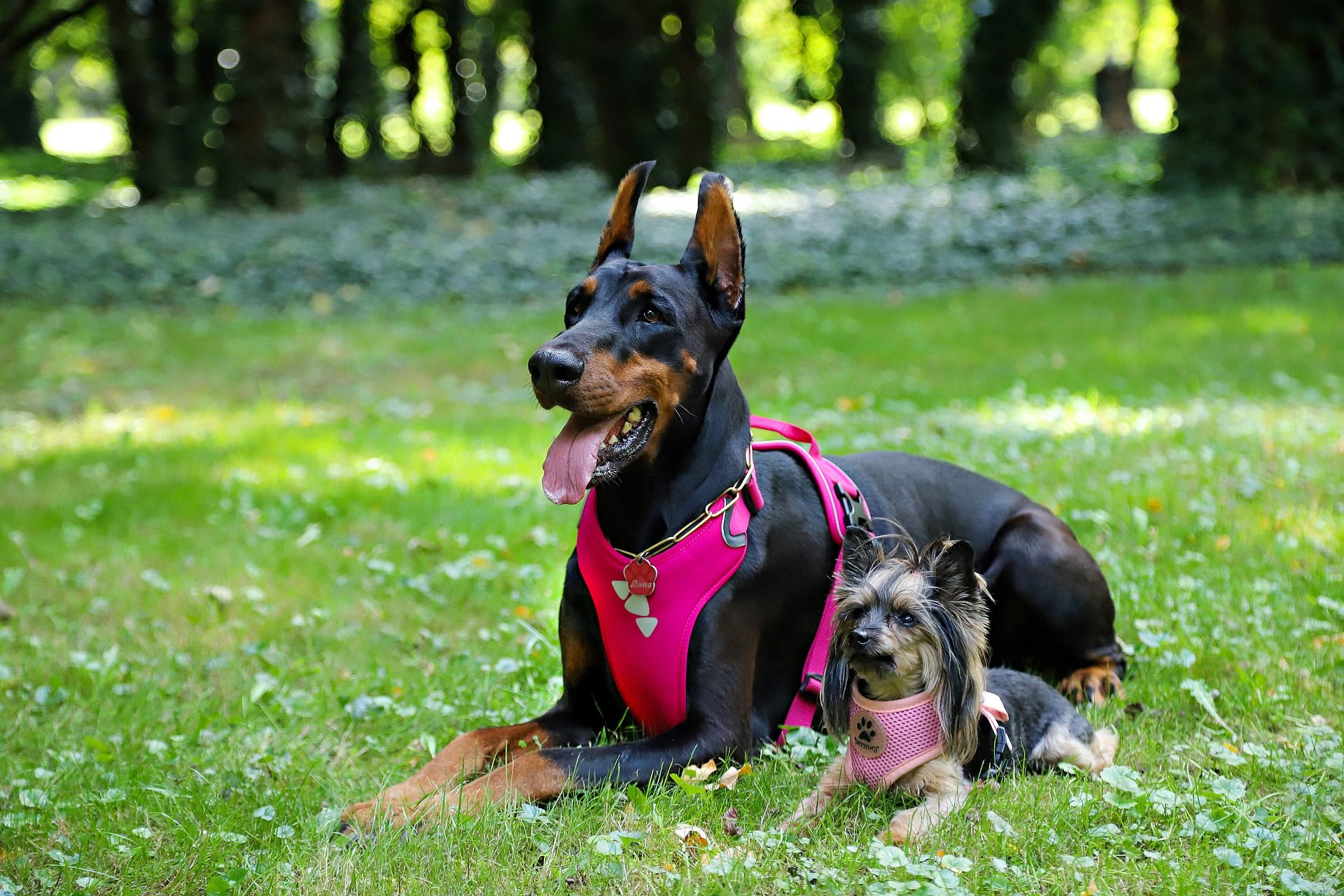Qualities you need to become a good therapy dog trainer

Becoming a therapy dog trainer is not an easy task. It takes a lot of dedicated dog training, dedication, and passion for both dogs and people. But if you have those qualities, and are willing to put in the time and effort required, then you can become a successful therapy dog trainer. There are many organizations that offer certification and training programs for aspiring trainers, so it is important to do your research before choosing one.
In this post, we'll cover:
- Why should you consider becoming a therapy dog trainer
- What it takes to become a successful therapy dog trainer
- How do organizations differ in their requirements for becoming a therapy dog trainer
- Which organization should I choose if I want to train therapy dogs?
What does a therapy dog do?
Therapy dogs provide companionship and comfort to people who are ill, injured, or elderly. They are often used in hospitals, nursing homes, and schools, and can help reduce stress and anxiety in patients and students. Therapy dogs must be gentle, good-natured, and reliable, and they must be able to tolerate a variety of situations.
A list of therapy dog organizations and certifications
There are many organizations that certify dogs and other animals to perform animal-assisted therapy:
Most of these organizations provide testing, registration, support, and liability protection for therapy dog handlers and their dogs.
There are other ways to learn about therapy dog training in the form of online courses and certificates. Some include:
- Colorado State Online: Social Aspects of Human-Animal Interactions (Graduate certificate)
- Concordia University (Wisconsin) Animal Assisted Therapy certificate
- Oakland University’s Animal Assisted Intervention Certificate
Things to consider before becoming a therapy dog trainer
If you're considering becoming a therapy dog trainer, there are a few good reasons why you should give it some thought. First and foremost, therapy dogs provide comfort and support to people in need. They can help improve the mental and emotional health of patients in hospitals, nursing homes, and other care facilities. This means the people you interact with as a therapy dog handler count on you and your therapy dog to play an important role in their health and wellbeing.
Second, not every dog is cut out to be a therapy dog. If your dog is shy around people or doesn't like interacting with strangers, therapy dog work may not be for her. A trainer who has experience evaluating dogs' temperaments can help guide you if you're not sure about using your own dog for therapy work.

Therapy dog handlers are almost always volunteers. Professional dog trainers who specialize in training therapy dogs can help clients who want in training their dogs to do this work. Therapy dog trainers typically enjoy great satisfaction teaching dogs the necessary skills to become therapy dogs, as they are able to make a real difference in the lives of others.
To train therapy dogs, you must be able to read dog body language, train basic obedience skills such as walking on a loose leash (heeling), sit, down, and stay, and be able to evaluate an individual dog's suitability for therapy dog work.
Which organization should I choose if I want to train therapy dogs?
If you're interested in becoming a therapy dog trainer, it's important to do your research and find an organization that aligns with your plans for therapy dog work. Some things to consider when choosing an organization include their policies on animal welfare, how much training is required, and whether or not they offer support and resources once you become a trainer.
When it comes to qualifications, most therapy dog organizations require you to be a competent dog trainer and have some background working with animals. An experienced therapy dog trainer can also be helpful in aiding your training efforts and helping you set realistic goals for your training program.
Pet Partners requires all therapy animal teams to renew their registration every two years. This ensures the registered animal is healthy, mentally and physically, and that the handlers stay prepared for things that might happen during a visit.
The Alliance of Therapy Dogs requires an observed test of its dog and handler teams, and a background check for its human handlers.
At Therapy Dogs International, handlers and dogs also must first pass an evaluation given by a TDI Evaluator, and then register with the organization.
In addition to an evaluation by an experienced dog trainer, Love on a Leash® requires 10 hours of supervised visits for teams in training. From there, it may take up to four weeks for your application to be approved.
Getting started as a therapy dog trainer
Therapy dog training is remarkable work that allows you to work with dogs and help make a difference in people's lives.
No matter what organization you choose to work for, gaining experience working with dogs is essential if you want to become a therapy dog trainer. This experience can come from owning and training your own dog, volunteering at an animal shelter or rescue organization, or working as a pet groomer or dog walker. By putting in the time and effort to learn about canine behavior and train your dog accordingly, you’ll be well on your way to becoming a successful therapy dog trainer.




